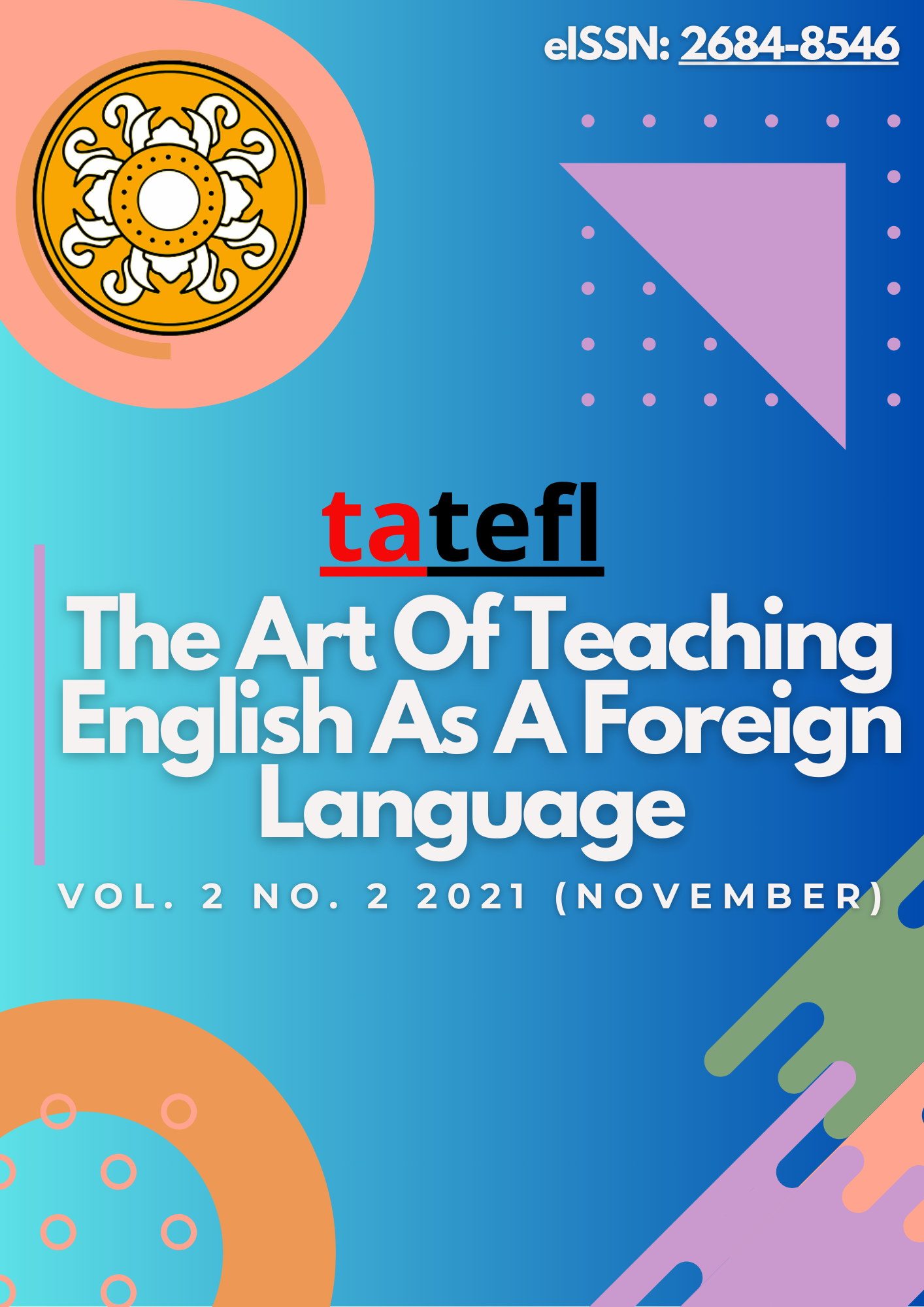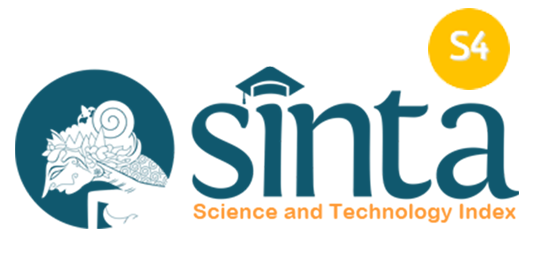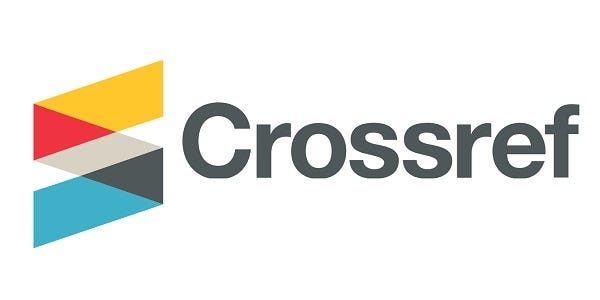Graphic Novel Development as A Reading Media for Increasing Literacy Skill Of 8th Grade Junior High School Students
DOI:
https://doi.org/10.36663/tatefl.v2i2.123Keywords:
Adolescents, Graphic novel, LiteracyAbstract
This research believes that junior high school students in eighth grade need suitable and interesting reading material to develop their literacy skills which one way to achieve it is to design graphic novels of learning material on it. This research was designed in the form of design and development (D&D) model proposed by Richey and Klein (2007). The development model used in this research was Richey and Klein's (2007) ADDE model. The result was a graphic novel as an attractive literacy media that was developed for assisting eighth grade junior high school students’ literacy skills. Based on the content validity judgment, the graphic novel was highly relevant to the twelve criteria of a good graphic novel with minor revision. The quality judgment was utilized to determine whether or not the graphic novel was already qualified to serve as a good literacy source by using expert judgment. There were two expert judges and twelve users who took role in judging the quality of the graphic novel. Based on the quality judgment, the graphic novel was categorized as excellent media. Thus, the graphic novel was categorized as excellent media for assisting eighth grade students’ literacy skills
Downloads
Downloads
Published
How to Cite
Issue
Section
License
Copyright (c) 2021 I Komang Tyan Ferdiawan, Ni Made Ratminingsih, Luh Diah Surya Adnyani

This work is licensed under a Creative Commons Attribution 4.0 International License.
License Terms
- Attribution — You must give appropriate credit, provide a link to the license, and indicate if changes were made. You may do so in any reasonable manner, but not in a way that suggests the licensor endorses you or your use.
- ShareAlike — If you remix, transform, or build upon the material, you must distribute your contributions under the same license as the original.
- No additional restrictions — You may not apply legal terms or technological measures that legally restrict others from doing anything the license permits.

















